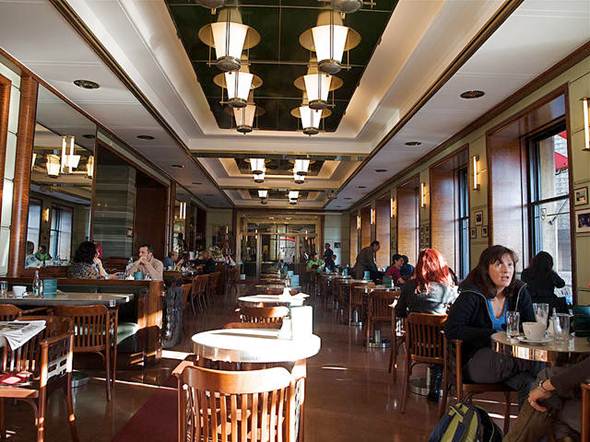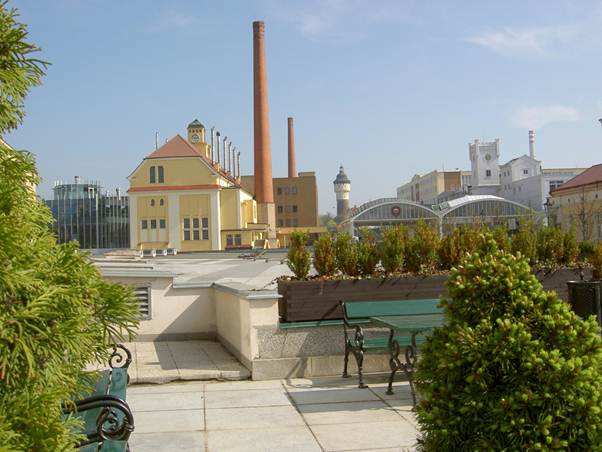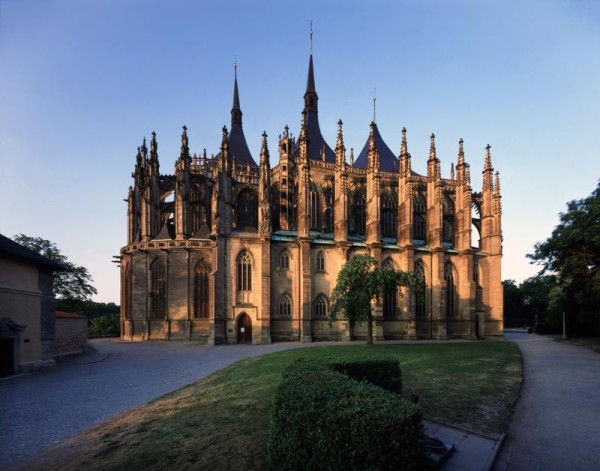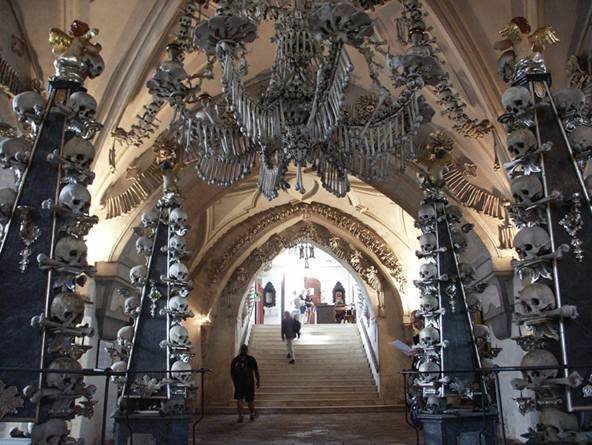Ornately adorned, the Municipal House is a
great example of Art Nouveau architecture and houses the magnificent Smetana
concert hall, which regularly hosts symphony orchestras. It also contains a couple
of restaurants catering to the varied appetites of visiting culture vultures.
The swanky fine-dining Francouzska Restaurant (www.francouzskarestaurace.cz)
features hearty French-inspired fare such as coq au vin with mashed potatoes,
while the more rough-and-ready Plzenska Beer Hall (www.plzenskarestaurace.cz)
is the perfect venue to nurse an ice-cold Pilsner and feast on a plate of
peasant-style potato gnocchi with sauerkraut and smoked pork neck while tapping
your feet to live oompah music.

Smetana
concert hall

Francouzska
Restaurant
7. Cafe culture
If Café Slavia’s (www.cafeslavia.cz) walls
could talk, they’d have quite a story to tell. Situated on the bank of the
Vitava River, the café, a favourite of Franz Kafka and the site where former
president Václav Havel plotted the Velvet Revolution, it’s a popular haunt for
the artsy set and is perfectly positioned for some serious people-watching.
Indulge in a cup of the legendary hot chocolate and a plate of palacinky (a
Czech take on crêpes).

Café
Slavia’s
8. Pulling pints
Situated an hour’s drive from Prague, the
city of Pilsen is home to the world-famous Pilsner UrquelL Brewed since 1842
according to a recipe brought to Bohemia from Bavaria, the beer’s unique
flavour was originally attributed to the fact that is was made from Pilsen’s
pure fountain water, a point of substantial pride among the city’s inhabitants.
Not surprisingly, it came as quite a shock to the Czechs when the PlIsen
Brewery was bought by South African Breweries 12 years ago but, thankfully, the
recipe has remained unchanged Peckish quaffers should make a pitstop at the
resident Na Spilce Restaurant (www.naspilce.com), which offers traditional
Czech dishes like beer ghoulash with dumplings, as well as all the pints of
freshly pulled Pilsner you could ask for.

Pilsner
UrquelL
9. King of the castle
Located 25 kilometres southwest of Prague,
the Gothic castle of Karlstejn (www.hradkarlstejn.cz) was built in 1348 by
Czech King and Roman Emperor Charles IV. The Chapel of the Holy Cross, which is
enclosed by the castle grounds, has walls encrusted with precious stones and
until 1420 housed the actual Bohemian crown jewels. Unfortunately, Karlstjen is
flooded with tourists, so you’ll end up with a severely depleted wallet if you
choose to visit one of the overpriced restaurants in the village below.
Instead, pack a light lunch and bring your walking shoes to go for a hike in
the tranquil forested surrounds.

Gothic
castle of Karlstejn
10. Stowing
bones
A pleasant daytrip can be made to Kutna
Hora, a Unesco World Heritage Site that lies 65 kilometres east of the city.
Because of its silver mines, it once housed the mint where the groschen, the
currency of medieval central Europe, were struck. Today, the town boasts a
number of noteworthy sites, including the Italian Court (originally the Central
Mint), St Barbara’s Church and the slightly macabre Sedlec Ossuary, which is
located beneath the Cemetery Church of All Saints and is said to contain 70 000
human skeletons.

Kutna
Hora

St
Barbara’s Church and the slightly macabre Sedlec Ossuary, which is located
beneath the Cemetery Church of All Saints and is said to contain 70 000 human
skeletons.